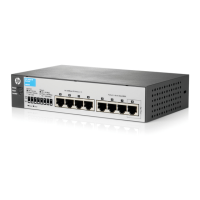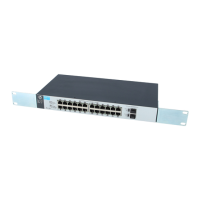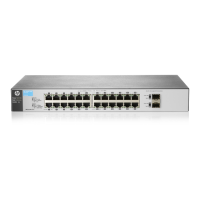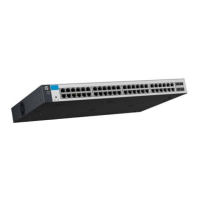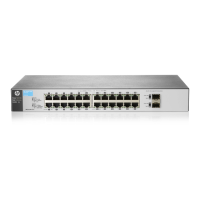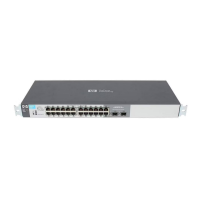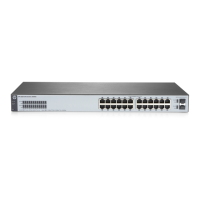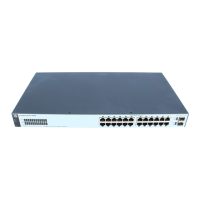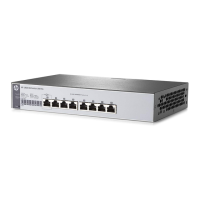HP 1810 Switches
Management and Configuration Guide
Abstract
This document is intended for network administrators and support personnel, and applies to the switch models listed on this
page unless otherwise noted. This guide does not provide information about upgrading or replacing switch hardware. The
information in this guide is subject to change without notice.
Applicable Products
HP 1810-8 Switch (J9800A)
HP 1810-8G Switch (J9802A)
HP 1810-24 Switch (J9801A)
HP 1810-24G Switch (J9803A)
HP Part Number: 5998-7093
Published: January 2015
Edition: 1



